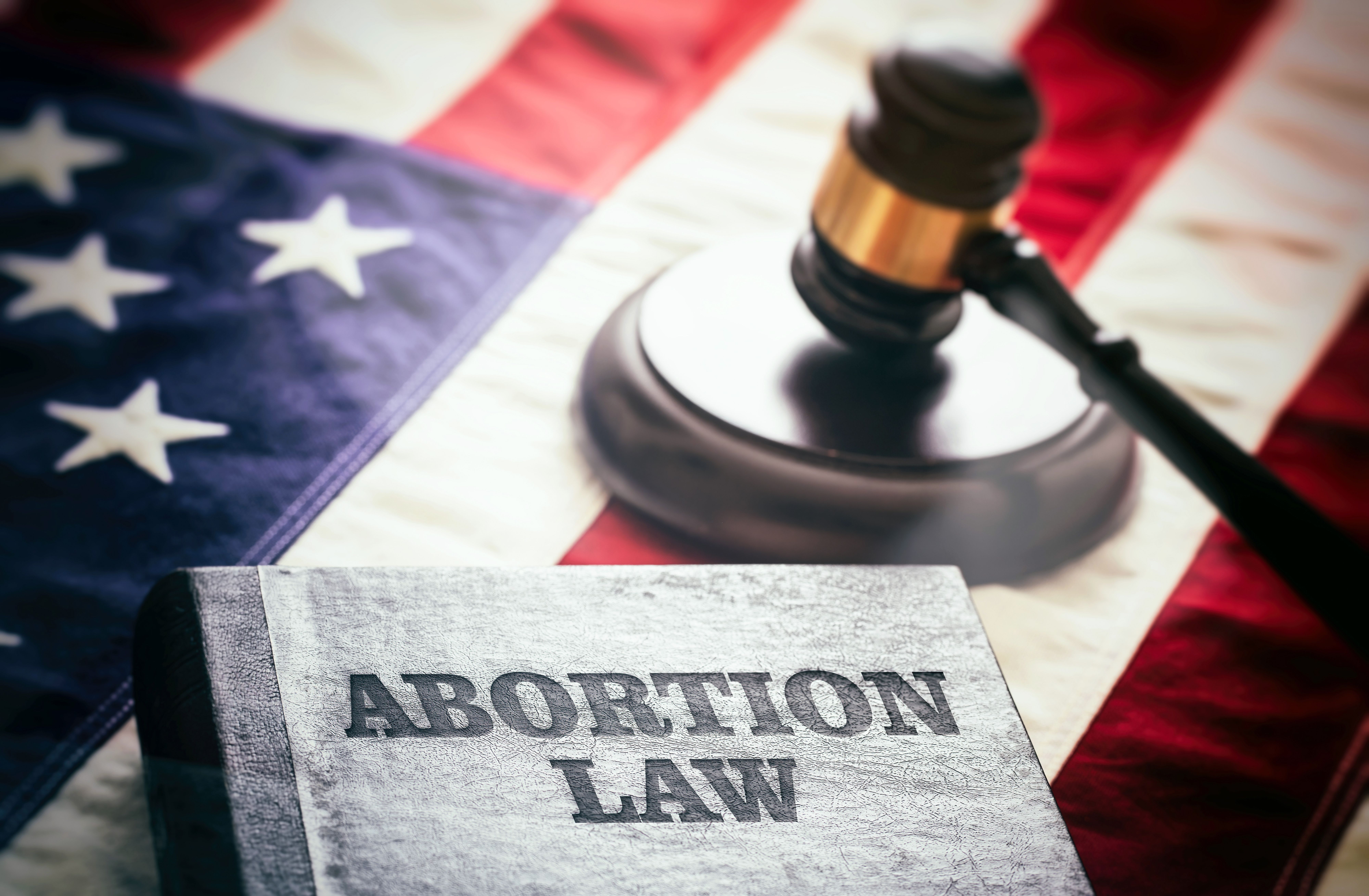Article
Dr Mary Cushman: Has an "Awakening of Consciousness" Improved Certain Treatment Disparities?
Author(s):
Mary Cushman, MD, professor of medicine at the University of Vermont, and director of the thrombosis and hemostasis program at the University of Vermont Medical Center, talks about racial disparities in pulmonary embolism treatment.
Mary Cushman, MD, professor of medicine at the University of Vermont, and director of the thrombosis and hemostasis program at the University of Vermont Medical Center, recently spoke with The American Journal of Managed Care® about racial trends in pulmonary embolism treatment and potential improvements compared with prepandemic trends. These findings are part of research presented at the 64th American Society of Hematology (ASH) Meeting & Exposition.
This is part 2 of this interview. You can read part 1 here.
AJMC®: How are the findings of your study reflective of what is happening in real-world patient care?
Cushman: These findings are a snapshot of data that we have access to for a 3-year period that ended 4 years ago. Especially in recent years, the spotlight has been shined on racism and unconscious bias, and the public has been more educated, I have been more educated. There's been so much that has happened in the past few years with George Floyd, with the COVID-19 pandemic, and the dramatic racial disparities and death from COVID-19 in our country, that were so stark that we all saw, and it's affected our way of thinking both in the general population but [also] amongst health care workers.
One might hope that the patterns that we observed are now improved. We don't know that, but future research should certainly look into that to see if this awakening of consciousness has helped, because it's easier for us to talk about it now than it was before. Or for example, if you, in a hospital, observe unfair treatment, you should be empowered to say something about it. I think, even compared to 5 years ago, people are more educated on how to do that and how to make a difference.
AJMC®: Beyond the main findings, were there other racial disparities or trends you saw in your study?
Cushman: One of the really interesting findings in the study related to Asian Pacific Islander individuals, and they were actually 50% more likely to present with high-risk PE or more serious PE, yet they were also less likely to receive aggressive treatments compared to White people. This was surprising to me because we know that Asian people in general have lower risk of PE, so why would it be that they're more likely to present with more serious PE?
It raises questions on awareness. Perhaps they're just less aware of the disease, because they don't have friends who've had it or something like that. We don't really know, but it's a really fascinating finding that I did not expect. I was very surprised by that. Why that is is a whole nother topic of research that could be explored. Of course, Asian and Pacific Islander individuals in the United States are a whole melting pot of all different kinds of cultures. And it could be 10 years of work to figure that out, but I'm hoping someone will be inspired by these findings to actually study that question.





